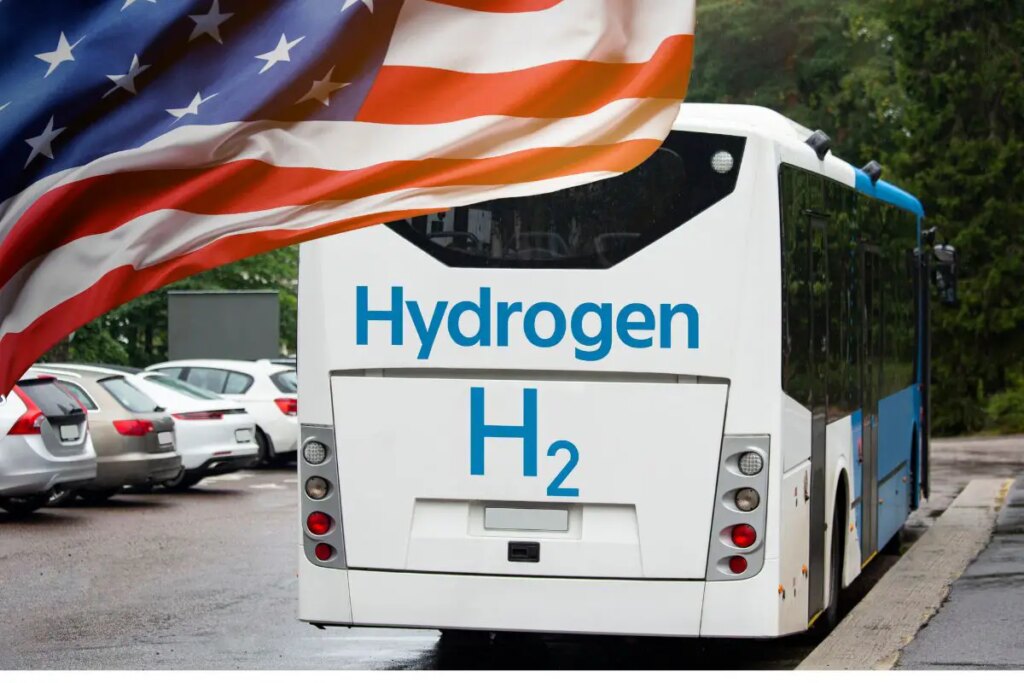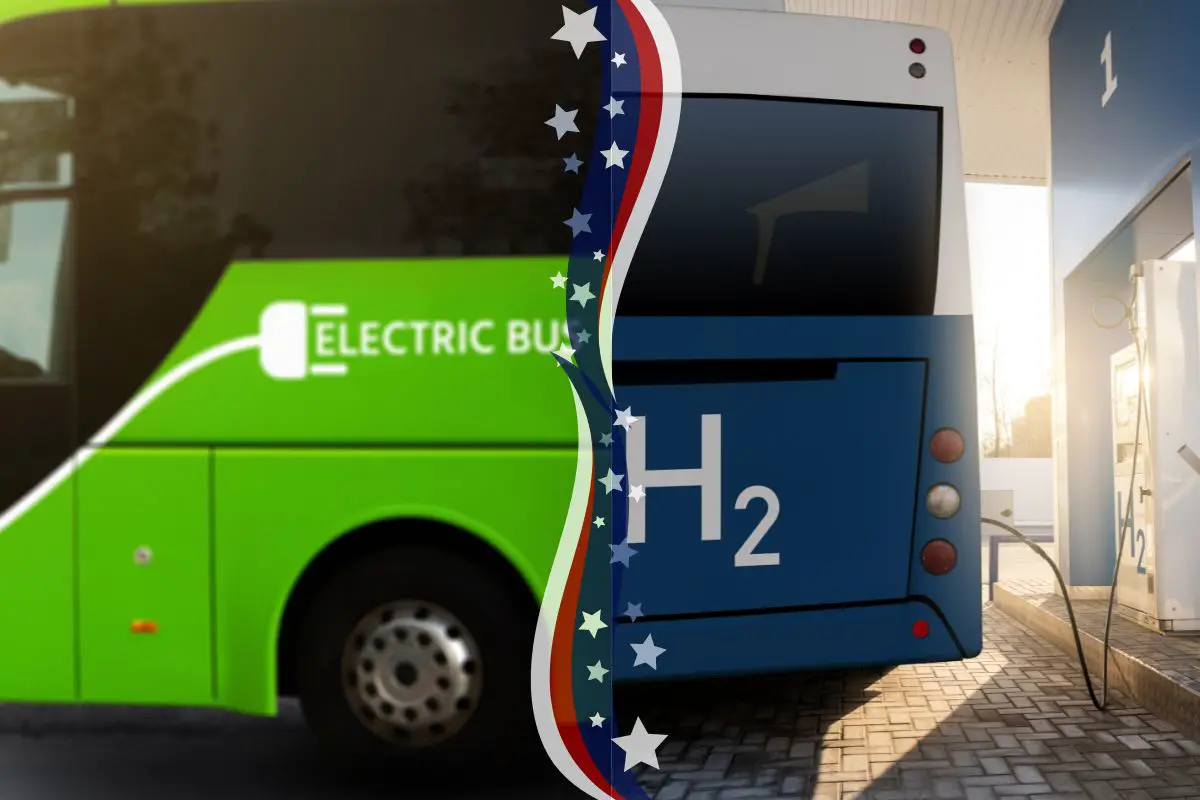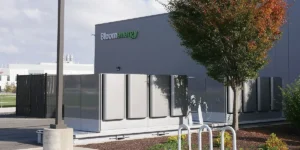Why US Towns Are Changing Lanes From Electric To Hydrogen Buses

In the evolving landscape of public transportation, the shift from traditional diesel-powered buses to more sustainable alternatives is gaining momentum. While electric buses have been at the forefront of this transition, many US towns are now reconsidering their strategies and turning to hydrogen fuel cell buses. This shift is driven by various operational needs, environmental concerns, and technological advancements.
What’s Driving the Change?
One of the primary reasons for the shift from electric to hydrogen buses is the range and reliability of the vehicles. Battery-electric buses typically promise a range of 140 miles for a 60-foot bus and 220 miles for a 40-foot bus. However, many transit agencies, including King County Metro, have experienced range limitations and variability, especially in cold weather. In contrast, hydrogen fuel cell buses can travel up to 300 miles, making them more suitable for all-day, frequent routes.
King County Metro’s Transition Plan
King County, Washington, with a population of 2,269,675 as of the 2020 census, is shifting its focus to hydrogen fuel cell technology to overcome the limitations of electric buses. In 2017, Metro aimed to electrify its bus fleet by 2035, but only about 50 of its 1,200 non-trolley buses (just over 4%) are currently fully electric. The slow progress is due to battery bus technology advancing slower than expected. Initially, Metro planned to rely primarily on battery-electric buses, but now it is considering hydrogen fuel cells as an alternative.

A report from the King County Auditor’s Office raised concerns over the heavy reliance on battery-electric buses, citing risks like manufacturer losses, technology limitations, and electricity supply issues. Metro plans to trial hydrogen fuel cell buses by 2026 to provide the required durability and extended range for daily service. Currently, most of Metro’s buses are hybrid diesel-electric, a transitional solution to reduce emissions.
“Metro has devoted substantial resources to organizing its department to transition to a zero-emission bus fleet by 2035, through improving the planning and collaboration efforts needed for this goal,” the report said. “It also faces significant risks that may impede reaching the goal, including the loss of bus manufacturers, technology limitations, sufficient electricity supply in the future, and lagging battery-electric bus performance.”
Montgomery County’s Bold Move
Montgomery County, Maryland, is the most populous county in the state with 1,062,061 residents as of the 2020 census, a 9.3% increase from 2010. The county is transitioning to hydrogen fuel cell buses to improve efficiency and reliability, addressing limitations of battery-electric buses. In collaboration with AlphaStruxure, the county is constructing the largest renewable energy-powered bus depot in the US at the David F. Bone Equipment Maintenance and Transit Operations Center.
This microgrid project will feature electric bus charging and onsite green hydrogen production powered by solar and battery energy storage, aiming to accommodate 200 zero-emissions buses, primarily hydrogen fuel cell electric buses, by 2035.
Here are the primary components of this cutting-edge facility:
- Solar Generation:
- 5.65 MWDC of rooftop and canopy solar generation
- Battery Energy Storage:
- 2 MW / 6.88 MWh battery energy storage
- Charging Capacity:
- Up to 2.25 MW of charging capacity
- Hydrogen Electrolyzer:
- 1 MW hydrogen electrolyzer (procured directly by the County)
- Location:
- Derwood, Montgomery County, MD
- Size:
- 5.5 MW of solar generation with 2 MW battery storage
- Timeline:
- Construction to last about 1 year, operational by Fall 2025
Project Superlatives
- Largest renewable energy-powered transit depot in the U.S.
- Largest transit depot microgrid in the U.S.
- First bus depot on the East Coast to produce green hydrogen on-site
- 4,000 metric tons of carbon emissions avoided annually
The EMTOC microgrid, breaking ground this month, will be one of the nation’s most advanced due to its size, sustainability, and digital intelligence. It will use on-site green electricity for hydrogen electrolysis, unlike other hydrogen electrolyzers that rely on utility power. The microgrid will meet all the depot’s energy needs, including powering five buildings and charging battery electric buses, with the capability to operate independently from the grid and export up to two megawatts back to it.
Comparative Analysis
Range and Flexibility
Electric buses, while effective for shorter routes, often struggle with range limitations, particularly in extreme weather conditions. Hydrogen fuel cell buses, on the other hand, offer a more extended range of up to 300 miles, making them ideal for longer routes and providing greater operational flexibility.
Operation in Extreme Conditions
Hydrogen buses have demonstrated better performance in extreme conditions compared to their electric counterparts. This reliability is crucial for transit agencies operating in diverse climates and topographies.
Charging and Refueling Infrastructure
Electric buses require extensive charging infrastructure, which can be costly and challenging to scale. In contrast, hydrogen buses need refueling stations, which, while also requiring significant investment, offer faster refueling times and the potential for centralized hydrogen production facilities.
Environmental Impact
Both electric and hydrogen buses aim to reduce carbon emissions. However, the environmental sustainability of each technology depends on the sources of electricity for electric buses and the production methods of green hydrogen for fuel cells. Hydrogen fuel cell buses emit only water vapor, making them an environmentally friendly alternative.
Cost and Funding
The initial cost of hydrogen fuel cell buses is higher than electric buses. However, with government funding and incentives, the long-term operational costs and benefits make hydrogen a viable option. For instance, Foothill Transit in California has successfully integrated fuel cell buses into their fleet, citing reliability and performance advantages over electric buses.
Case Study
Foothill Transit, California, has been at the forefront of adopting hydrogen fuel cell buses. With 33 FCEBs and 19 BEBs, they have seen significant benefits in terms of reliability and emissions reduction. Roland M. Cordero, Director of Maintenance and Vehicle Technology at Foothill Transit, also highlighted the challenges associated with battery-electric buses, including limited range and high operational costs. In contrast, hydrogen fuel cell buses have performed well, supporting the shift towards a more sustainable public transportation system.
Conclusion
 The shift from electric to hydrogen buses represents a significant evolution in public transportation. Hydrogen fuel cell buses offer extended range, better performance in extreme conditions, and faster refueling times, making them a compelling alternative to electric buses. As more US towns and transit agencies explore this technology, the future of public transportation looks poised for a hydrogen-powered revolution.
The shift from electric to hydrogen buses represents a significant evolution in public transportation. Hydrogen fuel cell buses offer extended range, better performance in extreme conditions, and faster refueling times, making them a compelling alternative to electric buses. As more US towns and transit agencies explore this technology, the future of public transportation looks poised for a hydrogen-powered revolution.




